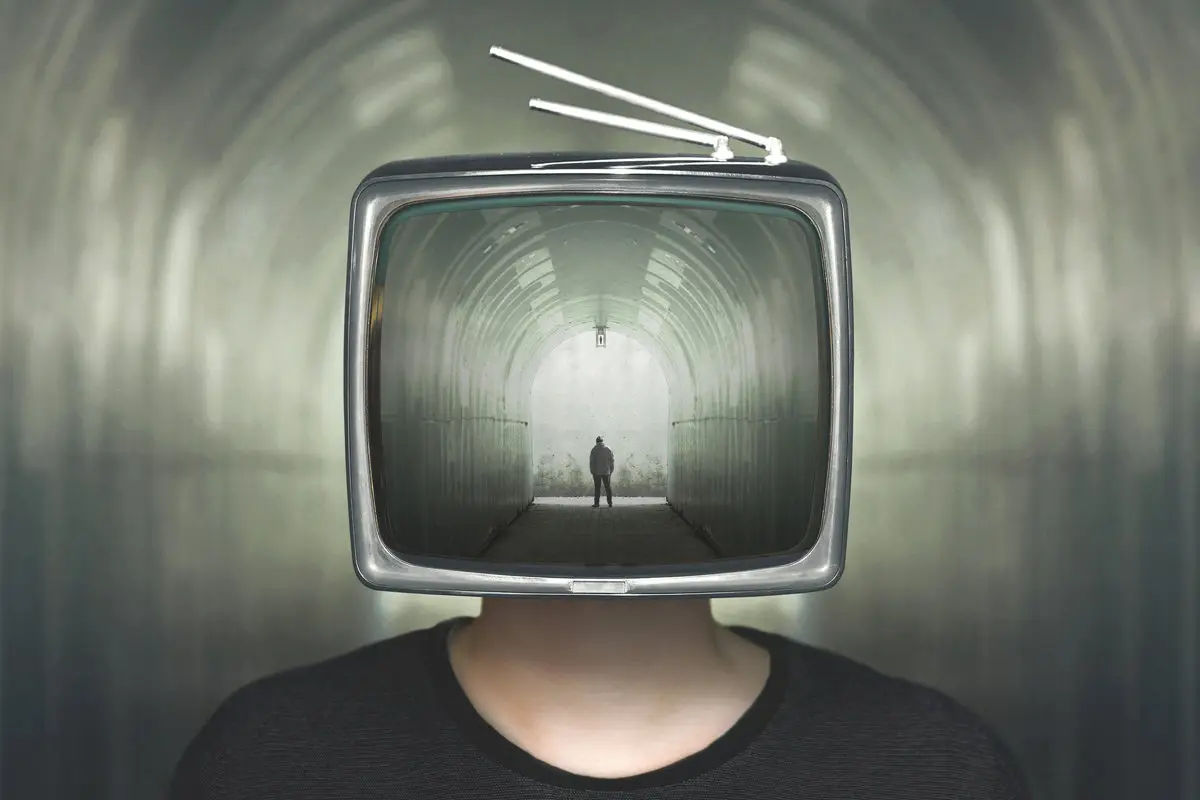Deepfakes encompass a specific category of synthetic media that is crafted to replicate the appearance and behaviours of real individuals, enabling the creation of highly realistic portrayals. This technology utilises advanced algorithms and machine learning techniques to manipulate visual and audio content, effectively superimposing the likeness of one person onto another’s face or voice.
Beyond mere impersonation, Deepfakes can also extend to the generation of entirely fabricated images of individuals who do not exist in reality, further blurring the lines between fiction and reality.
A cursory perusal of any social media platform reveals users sifting through numerous images within a single session. For instance, on Facebook, users can effortlessly upload up to 1000 images to a single album. This functionality has become so ubiquitous that users seldom pause to reflect on the considerable volume of content they encounter while striving to remain updated on their interests.
Amidst this abundance, how many images would one estimate are AI-generated to some extent? Moreover, if presented with such sets of images, would individuals be able to distinguish between authentic and artificially generated ones?
A study conducted at Yale University, involving 500 art students, yielded intriguing results: only 54 per cent of participants demonstrated the ability to accurately discern whether an image was genuine or AI-generated.
Considering that art education aims to cultivate students’ attention to detail, it is disconcerting that only half of these students were able to distinguish between real and fabricated images. This serves as an indication that machine learning has started to transcend its traditional boundaries within computing, gaining the ability to analyse and learn from errors over time. With the integration of source code from image generation software, the process of creating convincing Deepfakes has become more accessible to the public than ever before.
Deepfakes are not the first instance of technological advancement causing a rise in public anxiety. In fact Deepfakes are just the current iteration of a long history of audio-visual media.
Sam Gregory in his book on Deepfakes titled “Just Joking” described Deepfakes as a product of media saturation shaped by three major intersecting forces.
Firstly, we live in a time in which easy access to image and video editing software allows for quick and simple video production that still retains high standards of realism. Secondly, because of the level of social media integration and the sheer volume of accounts reposting these videos the free and open distribution of Deepfakes can gain legitimacy without pushback. Thirdly, Deepfakes, when used in works of fiction or cinema can satirise politics and provide a means of critiquing power structures without directly drawing criticism.
Supporters of deepfake media often highlight its advantages in tasks like image restoration and the innovation of new audio-visual techniques in filmmaking. However, these arguments do little to mitigate the potential harm caused by the deliberate misuse of this technology, which can significantly impact public discourse. Instances of misinformation dissemination, fraudulent activities, incitement, and identity theft, among others, are just a few examples.
Deepfakes, with their seamless impersonation capabilities, notably contribute to the growing distrust among individuals towards various groups, public institutions, and religious backgrounds.
This phenomenon is particularly concerning in developing economies like Nigeria, where the infrastructure to shield citizens from exposure to fake news is lacking, potentially leading to confusion and heightened distrust among the populace. The proliferation of misinformation is further exacerbated by media algorithms designed to prioritise content based on its popularity rather than its factual accuracy, providing an ideal environment for Deepfakes to proliferate across the internet.
A more drastic measure that has been proposed involves implementing a ban on all accounts suspected of spreading malicious programmes. Taking this a step further, an even more extreme measure would entail banning the entire social media platform. In 2021, the implementation of a Twitter ban did achieve some success in reducing people’s exposure to false narratives and misinformation. However, for the vocal minority who heavily rely on the platform for various purposes, the ban did not effectively prevent them from accessing the website. Instead, it compelled them to seek out alternative means of accessing the site, such as using virtual private networks (VPNs) or accessing the platform through other channels.
This scenario underscores the limitations of such bans and sheds light on the adaptability of users in finding alternative ways to access social media platforms despite governmental restrictions. It also prompts a deeper examination of the effectiveness and unintended consequences of such measures in addressing the spread of misinformation and ensuring the integrity of public discourse in the digital age.
Online infrastructure is still largely underdeveloped with the spread of rapidly on media platforms like Facebook, X and Instagram. If we do not develop tools to detect and address this technology we will see an uncontrollable spread of crime in Nigeria with its developing social media landscape that offers little protection against the spread of misinformation across platforms.
In the future policymakers will need to develop adequate countermeasures to address the dangers posed by the misuse of Deepfakes and ensure the public discourse remains in the realm of facts. It will require the development of more advanced detection methods promoting media literacy and critical thinking skills, and establishing clear ethical guidelines and regulations to govern the responsible use of deepfake technology. By taking proactive measures to mitigate the risks associated with Deepfakes, we can ensure that this powerful technology is used responsibly and ethically in the digital age.
Ibrahim wrote from Abuja

 Join Daily Trust WhatsApp Community For Quick Access To News and Happenings Around You.
Join Daily Trust WhatsApp Community For Quick Access To News and Happenings Around You.